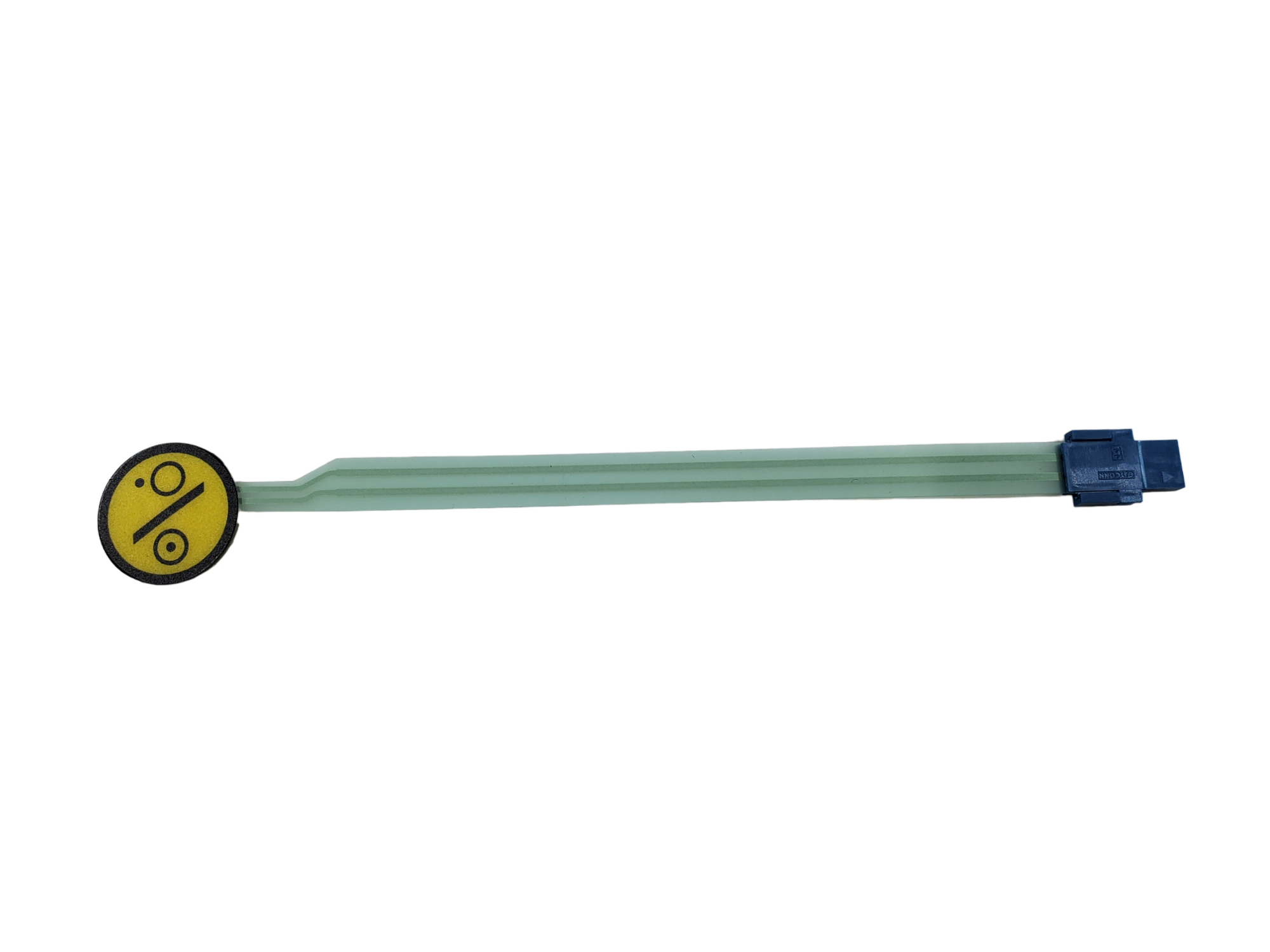Membrane Switch: Reliable, Cost-Effective, and User-Friendly Control Systems
Membrane Switch: Reliable, Cost-Effective, and User-Friendly Control Systems
Blog Article
Understanding Membrane Switches Over: The Key to Dependable and sturdy Controls

What Are Membrane Buttons?
Membrane layer buttons are an innovative remedy in the realm of individual interface modern technology, incorporating functionality and design perfectly. These devices act as a user interface in between customers and digital systems, incorporating numerous components right into a small style. Commonly created from versatile, slim layers of products, membrane layer buttons are made to reply to touch, making it possible for customers to engage with equipment and digital gadgets successfully.
The main aspects of a membrane switch consist of a published circuit layer, visuals overlay, and a spacer layer that stops unexpected activation. The graphic overlay can be tailored to mirror brand name identity or user preferences, boosting visual appeals while making certain use. Membrane switches are commonly made use of in different applications, including medical tools, customer electronics, and industrial tools, owing to their toughness and resistance to environmental elements such as moisture and dirt.
One of the essential advantages of membrane switches is their ability to stand up to wear and tear, making them perfect for high-traffic settings. Furthermore, they are lightweight and call for very little room, enabling innovative styles in item growth. Generally, membrane switches over represent a functional and efficient selection for contemporary digital interfaces, weding technology with user-centric layout principles.
Just How Membrane Changes Job
The procedure of membrane layer changes rest on an easy yet reliable mechanism that translates customer input into electronic signals. These buttons include several layers, commonly consisting of a visuals overlay, a spacer layer, and a circuit layer. When an individual presses the button, the top layer warps, permitting a conductive component in the circuit layer to make contact with an equivalent conductive pad on the bottom of the visuals overlay. This contact closes the circuit and sends a digital signal to the device, indicating that the button has actually been turned on.
The layout of membrane layer switches can vary, however they usually incorporate domes or tactile elements to offer feedback to the customer, boosting the total experience - membrane switch. The products used in membrane layer buttons, such as polyester or polycarbonate, add to their longevity and resistance to ecological variables, consisting of dampness and dirt. The printed circuits are generally encapsulated, which secures them from wear and tear over time.
Benefits of Membrane Switches

Furthermore, membrane switches are recognized for their resilience. Constructed from robust materials, they are resistant to dust, moisture, and physical wear, which substantially expands their life-span contrasted to typical mechanical buttons. This longevity try these out makes them particularly appropriate for high-traffic atmospheres and applications needing longevity.
Another significant benefit is the ease of cleaning and maintenance. The smooth surface of membrane layer switches over decreases dirt build-up and is frequently invulnerable to spills, making them optimal for settings that require constant sanitization.
In addition, membrane layer switches offer a structured account, causing a thinner style that can be integrated right into different tools without including mass. This feature not just improves the aesthetic allure yet additionally adds to a much more ergonomic product layout.
Applications of Membrane Layer Switches
Versatile and user-friendly, membrane switches locate applications throughout a large variety of industries, consisting of medical tools, consumer electronics, and industrial equipment. In the medical field, these buttons are essential to tools such as diagnostic tools, client tracking systems, and infusion pumps, where integrity and simplicity of cleaning are essential. Their ability to preserve and stand up to extreme atmospheres functionality makes them excellent for such applications.

In customer electronics, membrane buttons are utilized in items like microwaves, washing makers, and remotes - membrane switch. Their sleek style permits for user-friendly interface, enhancing the general customer experience while providing sturdiness and resistance to damage
Commercial equipment also gains from membrane layer buttons, specifically in control panels for machinery and automation systems. These buttons provide security versus dirt and dampness, making certain regular efficiency in tough environments. Their customizable features allow suppliers to customize them to specific operational needs, boosting performance and capability.
Selecting the Right Membrane Change
When choosing a membrane switch, it is vital to think about different variables that affect efficiency and suitability for particular applications. The primary factors to consider consist of environmental conditions, tactile comments, longevity, and layout specs.
First, evaluate the operating environment; buttons revealed to wetness, chemicals, or extreme temperature levels need particular materials to ensure long life and capability. Next, evaluate the demand for tactile feedback. Relying on user communication, some applications might benefit from a responsive action to confirm activation, while others might like a non-tactile style for aesthetic factors.
Resilience is another important element; membrane layer switches should be made to stand up to frequent usage, impacts, and abrasion. Make sure the selected switch can sustain the expected lifecycle, specifically in high-usage situations.

Conclusion
In final thought, membrane switches over serve as necessary parts in the design of long lasting and reliable control systems throughout numerous industries. The flexibility of membrane layer switches over permits for tailored services that satisfy details functional requirements, strengthening their value in modern technology.
Membrane switches represent an essential aspect of modern interface design, blending functionality with durability in numerous applications.Membrane switches are a sophisticated solution in the realm of user interface technology, combining functionality and discover this style flawlessly. Commonly created from adaptable, slim layers of products, membrane switches are developed to react to touch, allowing individuals to communicate with machinery and electronic devices properly.
The layout of membrane layer switches can vary, but read more they frequently incorporate domes or tactile components to give comments to the individual, boosting the general experience.In final thought, membrane switches offer as crucial elements in the style of reputable and resilient control systems across numerous markets.
Report this page